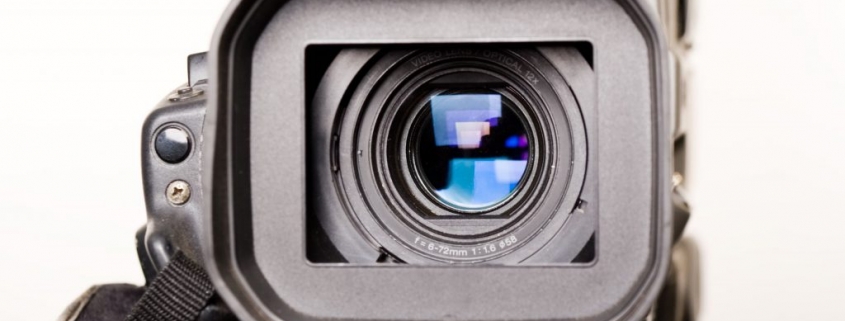Stéphane Menegaldo, senior consultant at Point Virgule Public Relations, French partner of GlobalCom PR Network, shares his experience on media training.
What is a media training?
It’s a training session aimed to guide the future spokesperson to express him/herself eloquently and effortlessly to various media types. The objective is to streamline the company’s and the speaker’s message and to provide the right information according to the type of media. Indeed, many of our clients are experts in their fields such as IT, consumer, construction, Internet, human resources… and they have a very specific outlook and vision of their industry. A media trainer’s role is to teach them to avoid their professional “sales lingo” and to make their speech suitable and interesting, relevant and cristal clear for all targets.
Why is media training important to company spokespeople?
Media trainings are absolutely key if you want to communicate as a company. If you work with a PR agency they can help you with the taining for your spokespeople. Why? It is very important to deliver the right messages in the right manner for specific media types. This might seem a simple task but it’s a real challenge, especially when the journalist in front of you is asking difficult or tricky questions, or worse, is playing devil’s advocate. Knowing how to answer in a concise and precise manner, how to turn questions into an advantageous response is essential to the image of the brand. And keep in mind rule No1: nothing is ever “off the record”!
Are there specifics for each type of media?
Yes, facing a live TV reporter or an editor of an online or print magazine are two completely different pairs of shoes and a media training should ideally cover all media types the specific client is facing.
For the radio, we need to make our client realise that he/she must adopt a “radiophonic” attitude. That means: choose an animated tone that will make the statement sound lively. If a speaker smiles e.g. this is refected in his/her voice. With that in mind, as well as the advice given above, the main difficulty is to learn how to shorten one’s speech (without removing any key information, nor the clarity of the message). Radio interviews are usually aimed to be short and to the point and more importantly, appealing and appropriate.
For TV similar techniques are used, but the physical posture also needs to be taken into account. We teach our clients to watch the camera, his/her reporter (or panelists), but never his/her feet or hands. Speakers need to be prepared to provide compact answers and learn to be creative. Thereby, to the question: “what is your expertise?” a florist is not only a florist but also a creator of desire and pleasure, for example.
How does a media training takes place?
We recommend a half-day session for an individual training. This half-day is split into two distinct parts: the theoretical and the practical part. In the first one, we will discuss the media training components, the messaging and goals.
We then go on to the practical part, composed of several exercices. The attendee is faced with real-life scenarios in interview situations which are captured on video. This way the results can be viewed, analysed and the speakers can rehearse their speeches and messages over and over again, so that they get used to the presence of the camera. A few weeks after the training, we recommend a second session and debriefing, in order to ensure that what the speakers have learnt can be applied.
It’s not new but practice makes perfect!
Stéphane Menegaldo


